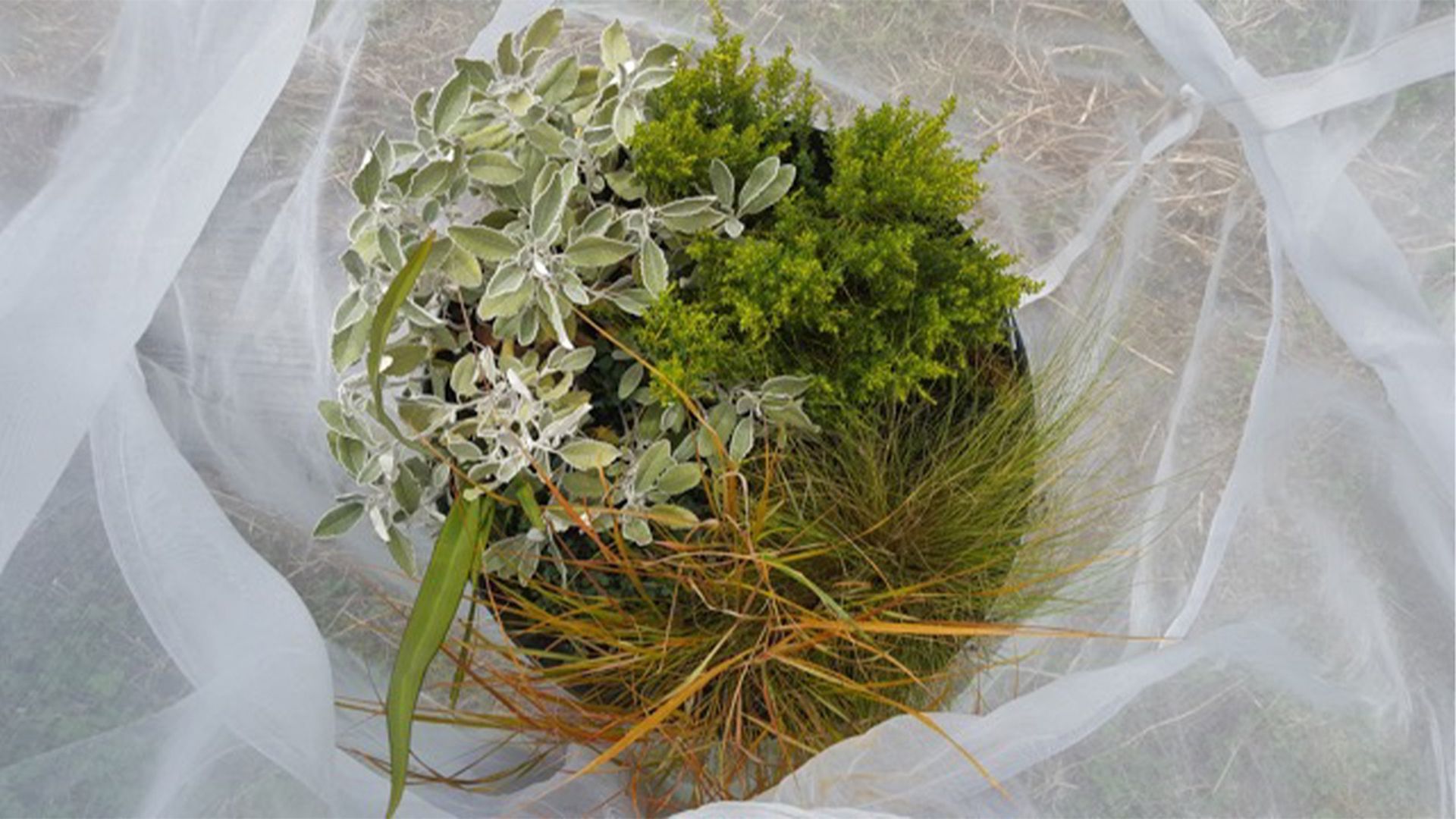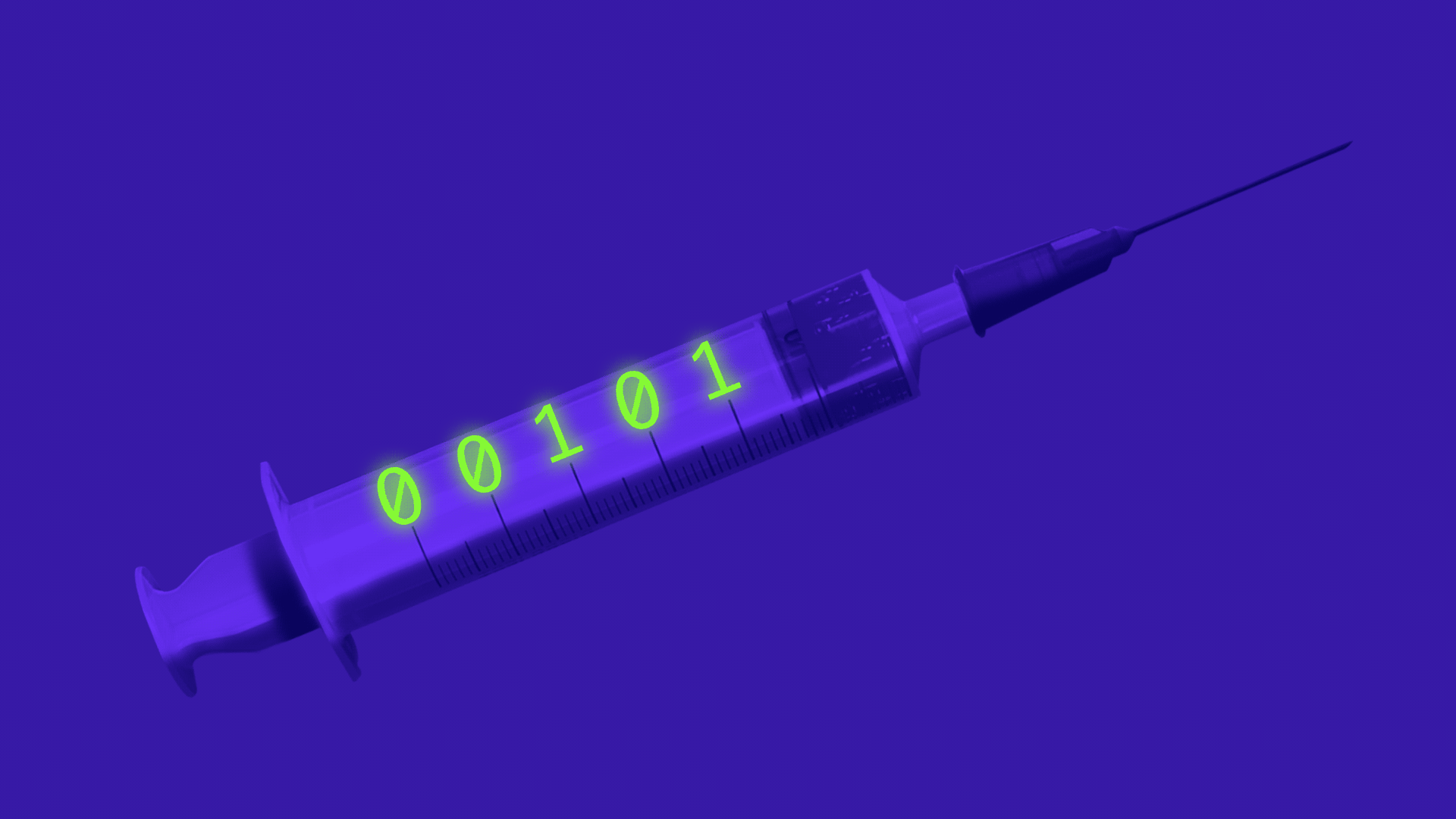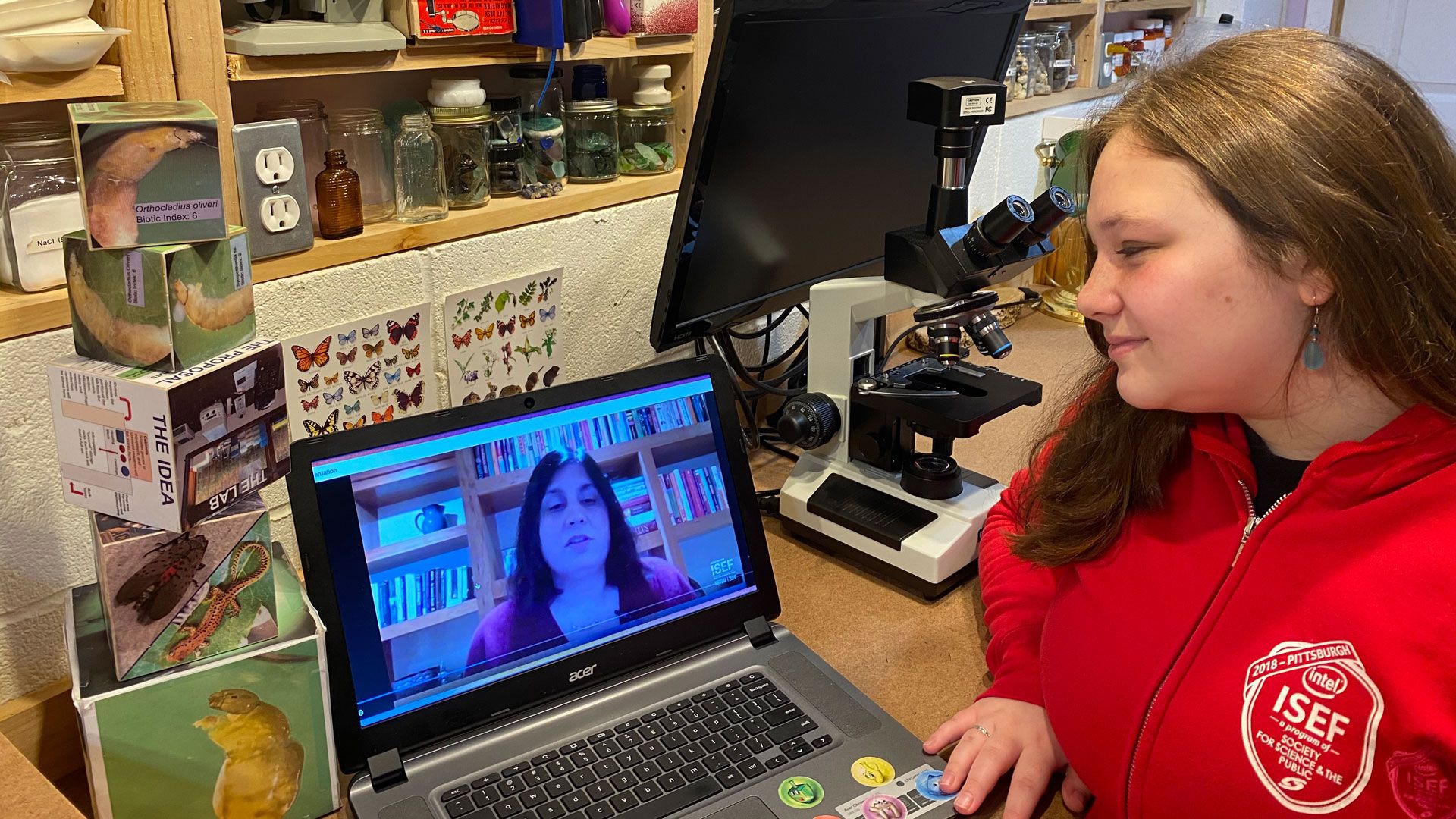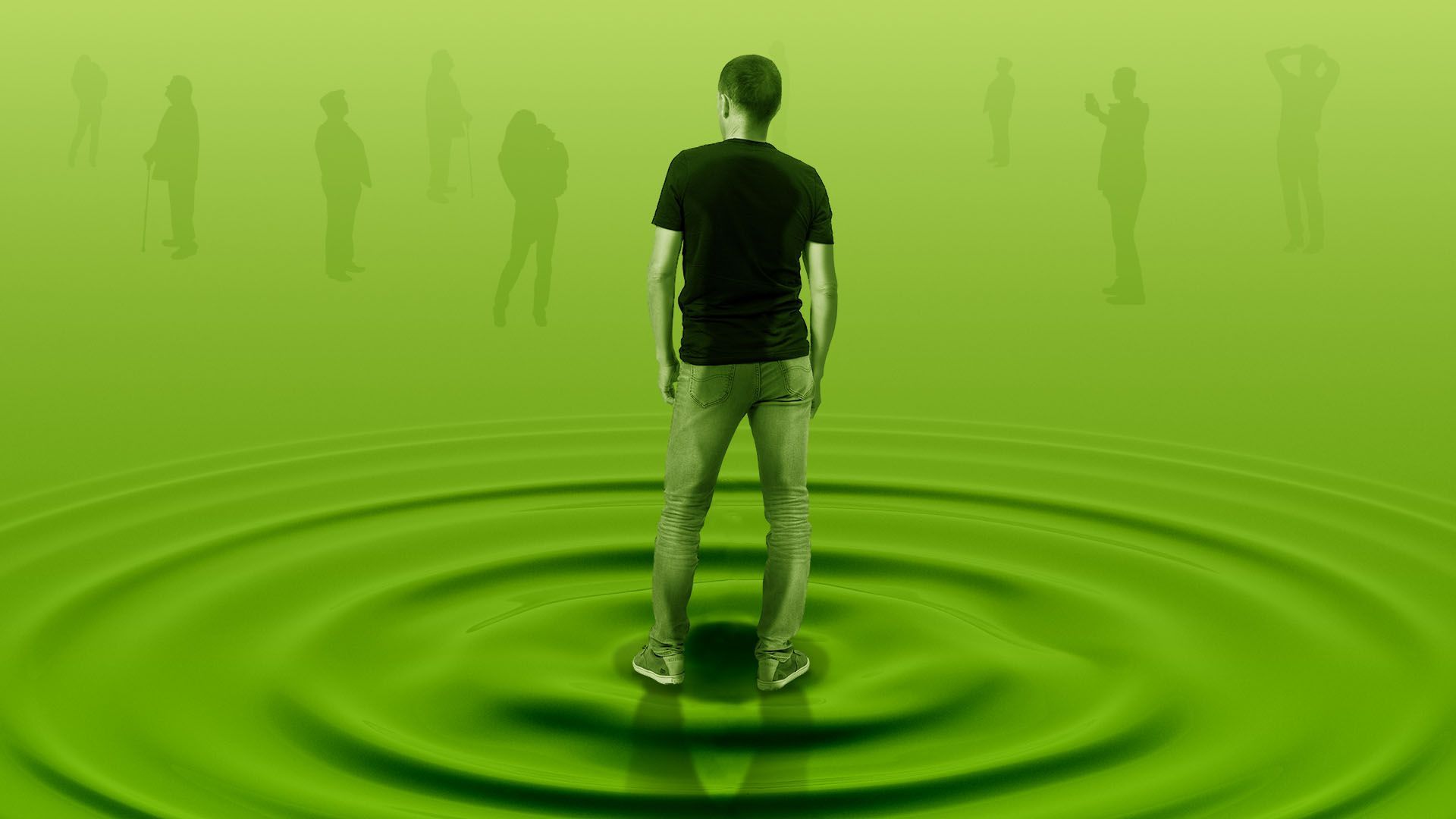A small percentage of people — called superspreaders — may be responsible for a large number of COVID-19 infections, research is starting to indicate.
Why it matters: While there's no method to detect who these people are before they infect others, there are ways to control behaviors that cause superspreading events — a key issue as states start to reopen, Axios' Eileen Drage O'Reilly writes.
The latest: Three recent studies by the London School of Hygiene & Tropical Medicine, Tel Aviv University and the Institute for Disease Modeling in Washington, which have not yet been peer-reviewed, came to similar conclusions: Roughly 10% of COVID-19 cases appear to have caused around 80% of new infections.
It reflects the law of the "vital few," where a small number (between 5% and 20%) are responsible for the majority of cases, says Eric Topol, executive vice president of Scripps Research.
What's happening: Why some people are superspreaders remains unknown. The person's genetics, immune system, how much virus they shed, and their behavior (such as how they speak, if they wash their hands often, if they socialize with large groups) likely play a role.
The bottom line: Understanding how superspreading works could help to fine-tune responses to the coronavirus pandemic — and curb it.
Why it matters: While there's no method to detect who these people are before they infect others, there are ways to control behaviors that cause superspreading events — a key issue as states start to reopen, Axios' Eileen Drage O'Reilly writes.
The latest: Three recent studies by the London School of Hygiene & Tropical Medicine, Tel Aviv University and the Institute for Disease Modeling in Washington, which have not yet been peer-reviewed, came to similar conclusions: Roughly 10% of COVID-19 cases appear to have caused around 80% of new infections.
It reflects the law of the "vital few," where a small number (between 5% and 20%) are responsible for the majority of cases, says Eric Topol, executive vice president of Scripps Research.
- Indoor congregations — such as at churches, prisons, meatpacking plants and nursing homes — offer the highest risk of a superspreading event, he says.
- Case in point: Allison James, a CDC epidemic intelligence service officer assigned to the Arkansas Department of Health, investigated a superspreader event in March at a church where 35 out of around 92 attendees fell ill, resulting in three deaths.
What's happening: Why some people are superspreaders remains unknown. The person's genetics, immune system, how much virus they shed, and their behavior (such as how they speak, if they wash their hands often, if they socialize with large groups) likely play a role.
- Topol says research is targeting this phenomenon because "if we knew the genomics or immunologic markers that these people have, maybe there's something we could do."
- But Adalja says, "It's less about the biology than it is about the habits and interactions that individuals with the virus have, and what types of events they go to which puts them into contact with many different people in a way that spreads the virus."
- The problem is, these are averages and they don't reflect diseases where one person may infect 20 and others none.
- Another important factor is dispersion (called k), which indicates how much a disease clusters. The k for SARS-CoV-2 is unknown, with estimated rates ranging from o.1 to 10.
The bottom line: Understanding how superspreading works could help to fine-tune responses to the coronavirus pandemic — and curb it.
2. How invasive plants transform ecosystems

Invasive plants can interact differently with local insects and microbes in the soil, releasing more carbon dioxide into the atmosphere than native plants, according to new research in the journal Science.
Why it matters: The cycling of carbon between the land and atmosphere is a key process in the regulation of Earth's climate and global temperature. Understanding how — and how much — nonnative plants alter that carbon cycle is important for climate forecasting and efforts to address climate change.
What they did: Lauren Waller of the Bio-Protection Research Centre at Lincoln University in New Zealand and her colleagues created 160 experimental mini ecosystems.
Why it matters: The cycling of carbon between the land and atmosphere is a key process in the regulation of Earth's climate and global temperature. Understanding how — and how much — nonnative plants alter that carbon cycle is important for climate forecasting and efforts to address climate change.
What they did: Lauren Waller of the Bio-Protection Research Centre at Lincoln University in New Zealand and her colleagues created 160 experimental mini ecosystems.
- Each had a different combination of invasive and non-invasive plants, soil (either "home" soil containing microbes typically associated with the plant species or "away" soil with foreign microorganisms), and insects (weevils, aphids, moths and others).
- They then measured how the different combinations of plants affected the mini ecosystems, including the flux of carbon dioxide from the soil.
- In the mini ecosystems with insects and "away" soil, 2.5 times more carbon dioxide was released from the soil if the setup was dominated by exotic plant species compared with native plants.
- Exotic plants interacted more strongly with certain types of soil bacteria and more weakly with certain types of fungi, compared with native species.
- And it is not known whether the effect of invasive plants in the lab translates to natural ecosystems or if the rate of carbon cycling changes as invasive plants establish themselves, says Waller.
- "Are all trees good? Do we really want trillions of trees if they are nonnative species that are transforming the ecosystem? Probably not," he says.
3. Coronavirus accelerates AI in health care

From predicting outbreaks to devising treatments, doctors are turning to AI in an effort to combat the COVID-19 pandemic, Axios' Bryan Walsh writes.
Why it matters: While machine learning algorithms were already becoming a part of health care, COVID-19 is likely to accelerate their adoption. But lack of data and testing time could hinder their effectiveness — for this pandemic, at least.
What's happening: Doctors were quick to employ AI tools in an effort to get ahead of what could be the worst pandemic in a century.
Why it matters: While machine learning algorithms were already becoming a part of health care, COVID-19 is likely to accelerate their adoption. But lack of data and testing time could hinder their effectiveness — for this pandemic, at least.
What's happening: Doctors were quick to employ AI tools in an effort to get ahead of what could be the worst pandemic in a century.
- HealthMap, which uses AI to scan social media and other reports for signals of disease outbreaks, spotted the first signs of the COVID-19 outbreak on Dec. 30, 2019 — days before the WHO formally alerted the rest of the world.
- Early in the outbreak, Chinese tech company Alibaba released an AI algorithm that can diagnose cases automatically in a matter of seconds.
- Mount Sinai Health System and NYU Langone Health have developed AI algorithms that can predict whether a COVID-19 patient is likely to suffer adverse events and determine when patients will be ready to be discharged.
- A study published in Nature Medicine this month found an AI system was more accurate than a radiologist in diagnosing COVID-19 patients using CT scans — X-ray images of lungs — combined with clinical symptoms.
- A review of AI diagnostic systems for COVID-19 published in the British Medical Journal in April noted the models reported "good to excellent predictive performance," but cautioned the data was still limited for real-world applications and at high risk for bias.
- That reduces their accuracy — especially if their training datasets don't match the gender or age of typical COVID-19 patients.
- As a result, pioneering computer scientist Kai-Fu Lee wrote recently, "I would give [AI] a B-minus at best" for its performance during the pandemic.
4. Worthy of your time
Masks probably slow the spread of COVID-19 (The Economist)
- A good review of the latest studies looking at the impact of masks on spreading the virus that causes COVID-19. (Bonus: Reducing transmission of SARS-CoV-2 — Science)
- The bottom line: "There is a correlation between mask-wearing and rapid suppression of COVID-19."
- What to watch: They're not here yet, but "home testing brings its own risks: Test results could be misinterpreted or not reported to state health officials," Mullin writes.
- The takeaway: The reference point from which height is measured is being redefined, affecting insurance, egos and more. It's "a fiendishly difficult math and physics task that, once completed, will have taken a decade and a half to accomplish," Mitchell writes.
5. Something wondrous

Modern high school science fair projects are a long way from model volcanoes — they can now feature DNA sequencing, 3D printers, and other technologies from the pages of scientific and technical journals.
What's happening: Like most events, science fairs across the country and around the world went virtual this year.
Go deeper: You can watch ISEF's programming here until June 5.
Source
- But for all the cutting-edge science, most fairs are still held in person — or were, until the coronavirus pandemic forced many to go virtual this year.
What's happening: Like most events, science fairs across the country and around the world went virtual this year.
- Today, McKinley Technology High School seniors took part in their Virtual STEM Fair. The D.C. public school students created videos of their projects in biotechnology, cybersecurity, engineering and digital media, many of which were cut short by the pandemic.
- They were then judged along with their responses in a live Q&A session.
- The organizers decided to forgo the usual competition, given that since feeder fairs were canceled or went virtual, not all students could take part.
- But the virtual format also meant many more people were able to attend, says Maya Ajmera, CEO of the Society for Science & the Public, which organizes ISEF.
- But the virtual format also meant many more people were able to attend, says Maya Ajmera, CEO of the Society for Science & the Public which organizes ISEF. Nearly 18,000 people had registered as of this morning.
"I’m impressed they kept the fair going considering the global situation," says Sonja Michaluk, a 17-year-old student from Titusville, New Jersey, who is a three-time ISEF finalist. "I think that’s incredible and it teaches us young scientists and engineers the importance of being nimble and adapting because if we are going to solve the world’s problems we need those skills."What to watch: If the pandemic continues to keep students out of labs this year, Ajmera expects they may instead plumb big datasets or explore computational problems. And she says she's interested in seeing how the pandemic inspires next year's projects.
Go deeper: You can watch ISEF's programming here until June 5.
***
- Thanks for all your feedback. Send more! Hit reply or email me at alison@axios.com. Eileen is at eileen@axios.com.
- If this newsletter was forwarded to you, please consider signing up.
Source

No comments:
Post a Comment